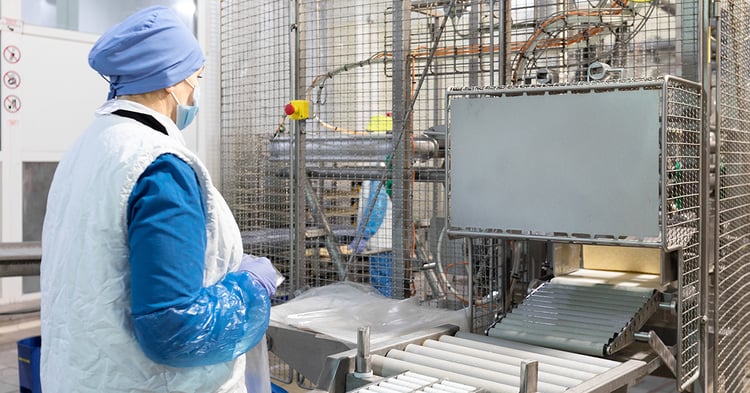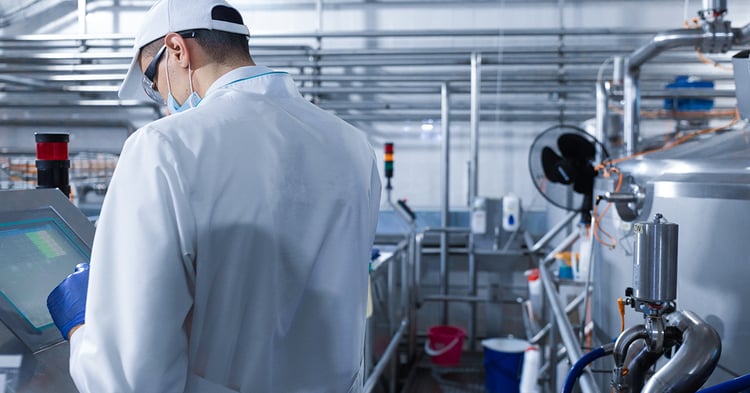![]()
Manufacturers need to strive for efficiency. The best way to do this is by having an effective Manufacturing Execution System (MES) that can create a more efficient manufacturing process. One way an MES can do this is by tracking productivity and by measuring efficiency. But how can it do this?
An MES uses several Key Performance Indicators (KPIs) to measure production line efficiency. These KPIs are a reflection of manufacturing performance. It serves as a benchmark for different processes so that the MES can do its work and optimize the functions that need to be improved.
KPIs have six main categories that are used in assessing the efficiency of a manufacturing process:
- Deadlines. This refers to the percentage of scheduled work that can be completed in a certain span of time.
- Processes. This assesses if the production line is functioning well.
- Productivity. This measures run time and production time. It is calculated to assess if the unit produced is within a good time frame.
- Quality. A high volume of products doesn’t matter if the quality is not up to standard. This assesses the quality of finished products.
- Resources. This refers to the performance and reliability of the equipment in the production line
- Stock and Inventory management. This refers to the inventory of raw materials and how they should not be sitting idle next to the production line.
KPIs to Monitor
- Overall Equipment Effectiveness
Overall Equipment Effectiveness (OEE) is calculated by multiplying the availability (machine use rate), performance (efficiency rate), and quality (compliant product rate). This identifies where processes should be improved based on the different performances of the equipment used. - Machine Downtime
This is a combination of scheduled and unscheduled downtime. It shows all times a machine is unavailable for use. Monitoring this allows you to understand the main reasons for the loss of productivity and how you can work on them to lessen downtime. - Inventory Turns
Many manufacturers could experience inventory shortages or saturation. This KPI ensures adequate inventory rotation to ensure good production flow. - First Pass Yield
This KPI is used to evaluate the quality of a finished product and the quality of the production process. Only products that have been assessed to be of the highest quality are counted. - Scrap
Opposite to the first pass yield, scrap refers to the finished products that did not meet the quality check. These wouldn’t be marketed because they are seen as low quality or defective. High scrap rates are far from good and can be a cause for concern. - Rework
This KPI is used to assess the rate of manufactured products that had to be reworked. This needs to be closely monitored considering that reworks take up valuable production time and resources.
When it comes to measuring production success, the KPIs in an MES are extremely important. With these metrics, you can make better decisions that are backed by accurate real-time data. The decisions you will make based on these can greatly impact your production line.


